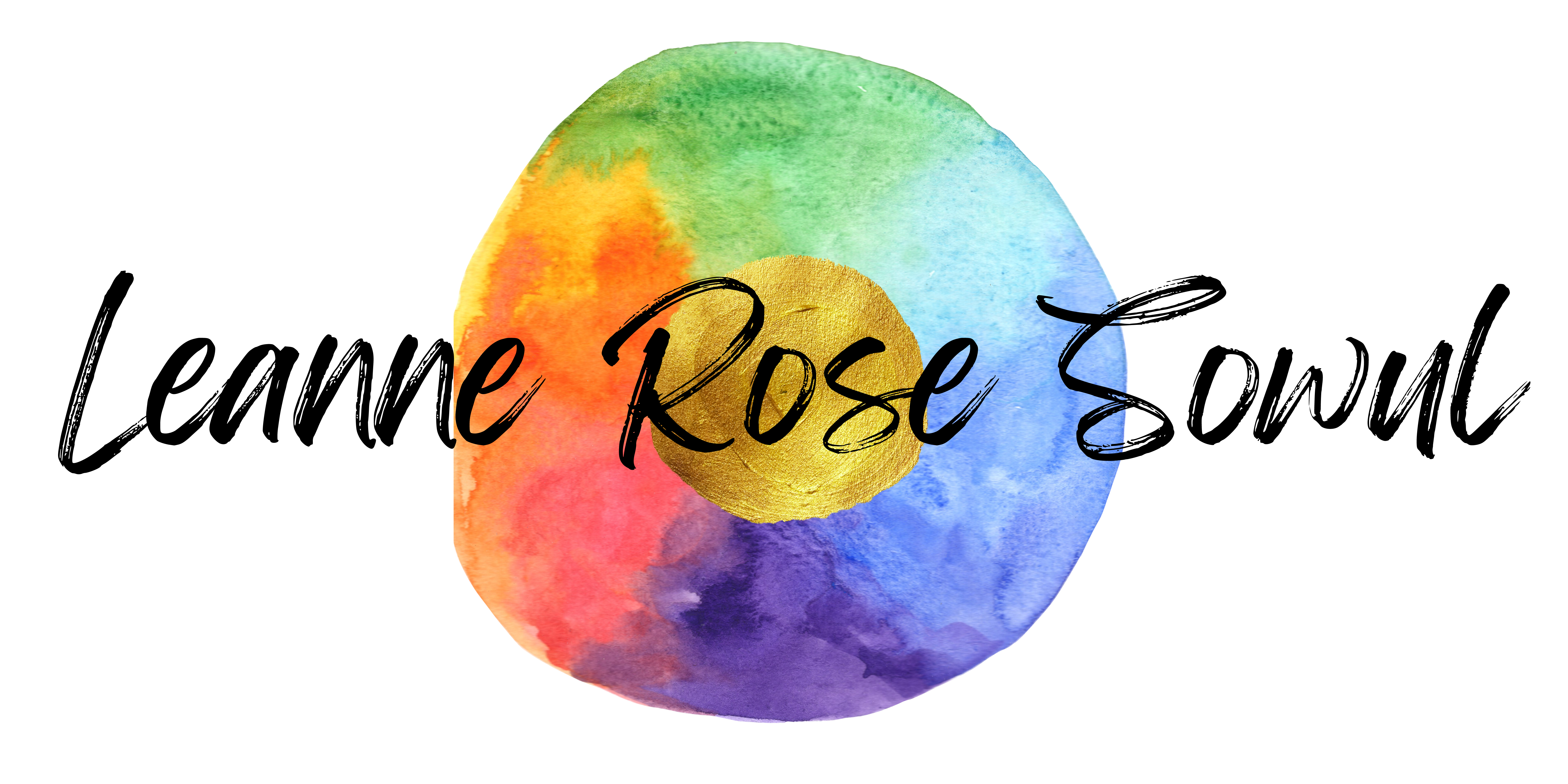 In yesterday’s post, I introduced the 33 questions from Twyla Tharp’s The Creative Habit: Learn it and Use it for Life designed to guide the reader to write a creator’s autobiography. Today I’m going to answer the first eleven questions. I hope some of you will join me in pondering these questions and sharing the answers with others.
In yesterday’s post, I introduced the 33 questions from Twyla Tharp’s The Creative Habit: Learn it and Use it for Life designed to guide the reader to write a creator’s autobiography. Today I’m going to answer the first eleven questions. I hope some of you will join me in pondering these questions and sharing the answers with others.
1. What is the first creative moment you remember?
I’m sure that there were earlier moments of creativity, but the first one that feels significant took place sometime after my family moved into a new house, when I was nine years old. There was a little space between my bed and the window where I could lie down on the carpet and feel as though I was hidden from the rest of the house. I would spend hours lying in that spot with the sun shining on me, imagining stories in my head. The stories were usually about characters I’d read in books, but sometimes they were about people I knew in real life, and sometimes both– I’d put myself into a story with Anne of Green Gables, or make myself a babysitter in the Babysitter’s Club. I returned to my “imagining spot” for years.
2. Was anyone there to witness or appreciate it?
No, I’m not even sure my family knew what I was doing at that time. I liked not telling the stories aloud. I kept them for myself, and added onto them each time. Occasionally I’d take the next step and write them down, but I don’t remember sharing them with anyone.
3. What is the best idea you’ve ever had?/ 4. What made it great in your mind?
I find the word “best” very difficult. It’s too tied up with the word “successful” for me. I loved my idea for a short story about an Amish teenager that became Amish Girl; I loved writing novels about the Triangle Factory Fire and the eugenics movement; I still love the format for the Perspective Post. (Subscribe, if you haven’t already, for monthly unique ideas!) Were all of those ideas successful? Yes, because they all led to a completed (or ongoing) project. But also no, because not all were published (yet).
I also love ideas that still haven’t panned out. I loved the YA novel I set in the marching band world, and another that was about a club who made it their mission to ask, “What Would Anne of Green Gables Do?” There’s one book idea that I’ve never written because the research feels totally daunting, but I think it could be amazing. I love that idea too. It’s still waiting its turn in the back of my mind.
So, I guess “best” means an idea that gets me excited and proud, no matter how it turned out.
5. What is the dumbest idea?/ 6. What made it stupid?
Trying to keep my music teaching life separate from my writing life. For a long time, I didn’t talk about my writing at work, or write about teaching. It was stupid to think I could divide myself like that. Both types of work are important to me, and they are both deeply connected to my creativity. They are not in competition; they are symbiotic. These days most people I work with know that I write, and I even participated in a fair where I talked about writing to students who previously only knew me as the school’s band teacher. I’m also using my writing skill to help promote the music department, advocating for things we need.
Now that I read it again, this answer may be a cop-out. I think Twyla Tharp is asking for a literal creative flop. But I don’t really believe in that. Anything I create either gets chalked up to a learning experience or re-iterated into something better. There are no truly stupid ideas in creative work, just ideas that need more thought.
7. Can you connect the dots that led you to this idea?
Yes. Here it was: “I don’t want to share my writing with people I work with because I work with some very smart people who might not think that my writing is any good. Alternatively, they might not take my writing as seriously as I do because they know that, as a full-time teacher, I can’t devote many hours to it. They’ll think I’m cutting into my teaching energy to be a writer, or maybe working too hard at both to be there for my kids.”
It’s all fear. I’m glad I was able to let go of most of the fear, although it’s still there. It’s just much less powerful when I acknowledge it.
Also, I realized that it didn’t matter if no one else took me seriously as long as I took myself seriously.
8. What is your creative ambition?
To build a writing career as I define it, which includes all of the above: (1) several published books, essays and articles (2) a demand, from both publishers and audience, for more books (3) a combination of fiction and nonfiction, including nonfiction that draws from my music teaching experiences (4) enough money from writing to add meaningfully to my family’s life, such as paying for vacations and experiences for my kids or making upgrades to our house and (5) the ability to influence others into reading, writing and creating.
9. What are the obstacles to this ambition?
Simply, time. I earlier wrote that my teaching career and my writing journey are symbiotic, that they both feed my creativity. But there is a major exception to this symbiosis, and that is time/energy. There is only a finite amount of time, and although I’ve learned how to maximize my energy, that runs out at some point too. While I spend 7 hours teaching on work days, I can at best only manage about 90 minutes of writing. Weekends and vacations aren’t often much better, because I am still actively parenting with young children. In later years, this will change, because my children will get busier and have their own schedules, and I might be able to squeeze in more writing time while watching my kids do karate or ballet. But for now, my only reliable time for deeply focused creating is 5:20-6:20 AM. The upside of this constraint is learning to prioritize and focus my writing work. The downside is that the end goal of the writing career seems very far away.
10. What are the vital steps to achieving this ambition?
Nurturing the dream in my heart. Protecting the little time I have. Maintaining my energy levels with proper sleep, exercise and healthy eating. Making time to reflect once a week, once a month, and once a season so that I can make sure I’m going in the right direction without wasting my time. Staying connected with other writers who own the same struggle.
11. How do you begin your day?
I drink some water with my daily thyroid medicine. I try to think of one thing I’m looking forward to, or feel grateful for, that day. I get out of bed. I either take my laptop back into bed or go to my desk, where I can write while pedaling my floor elliptical.
Ideally, I would get up even earlier. If I had ninety minutes instead of sixty, I’d exercise for at least twenty minutes and do a brief meditation before finding a quiet place to write. But I haven’t been able to stretch myself far enough to get up that early without going to bed earlier, and that cuts into my decompression time from the day before.
Next post: Part 2 of my creative autobiography. I hope you’re joining in with your own responses to Twyla Tharp’s 33 Questions!


One thought on “My Creative Autobiography, Part 1”